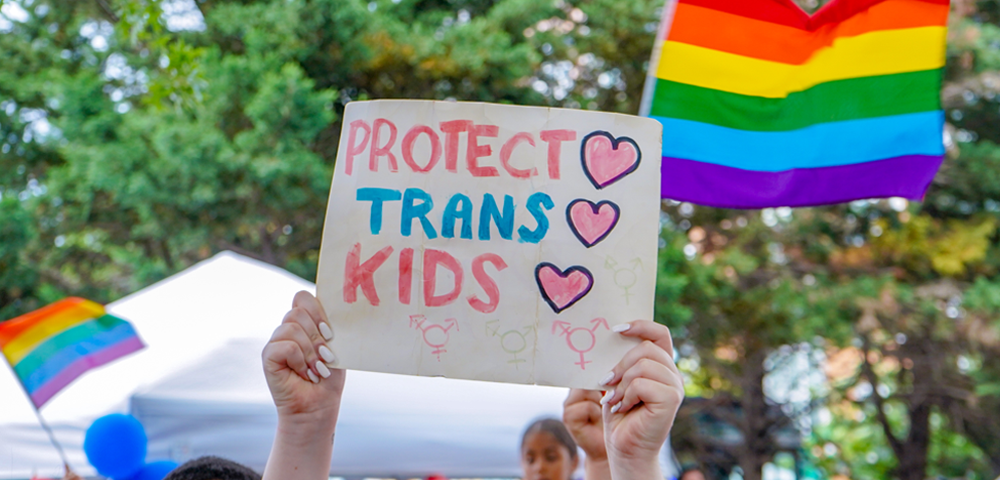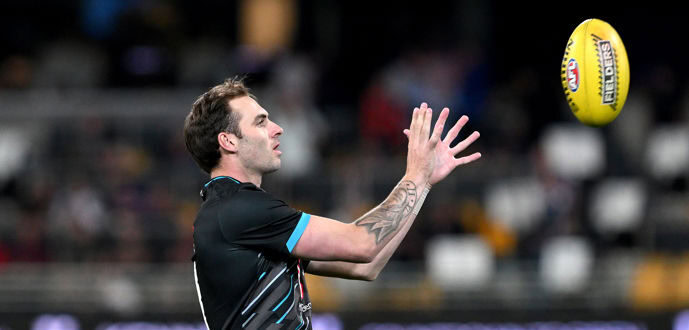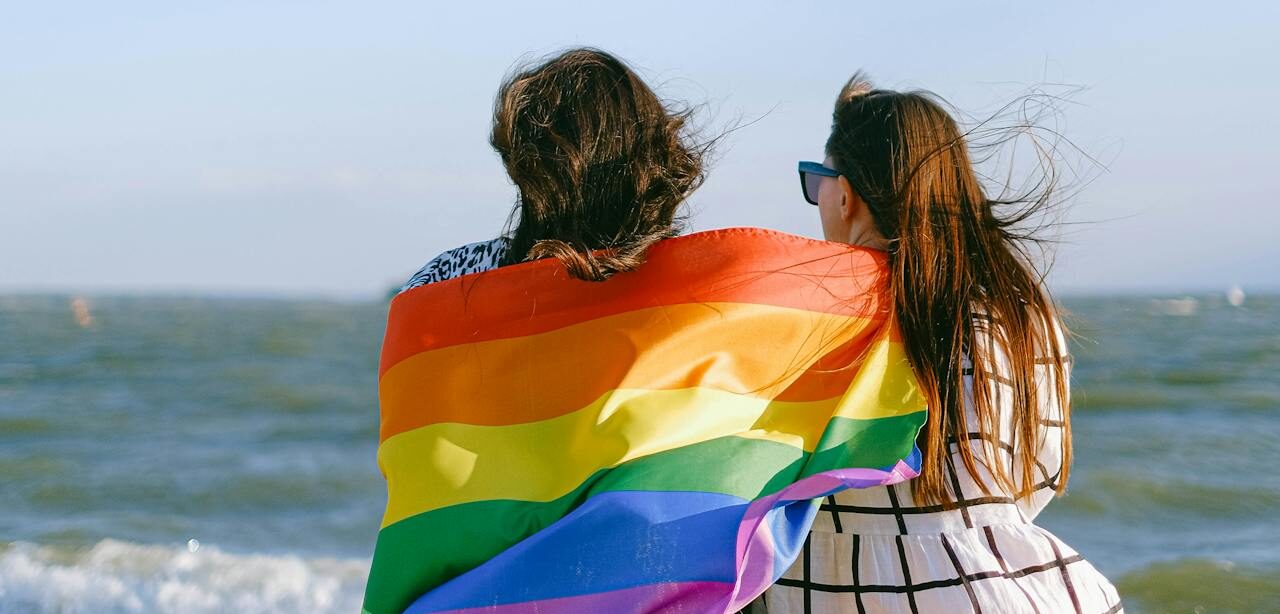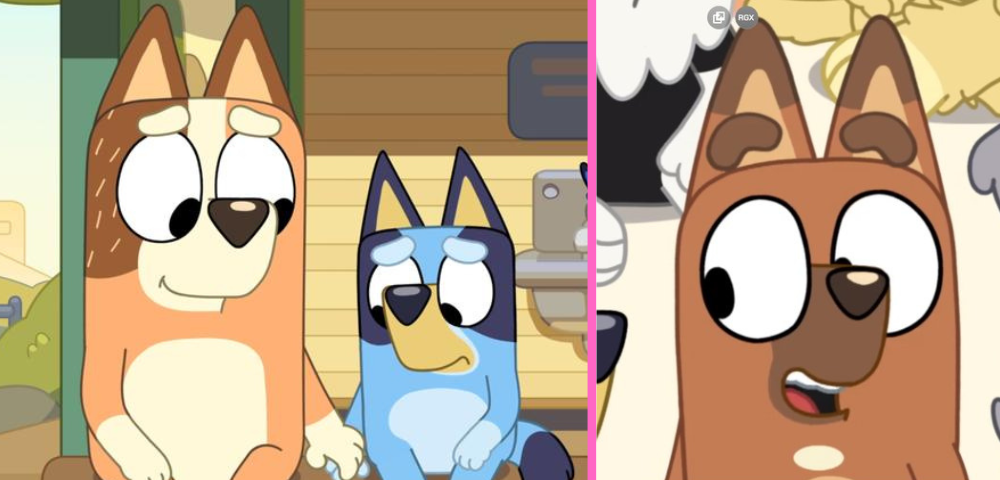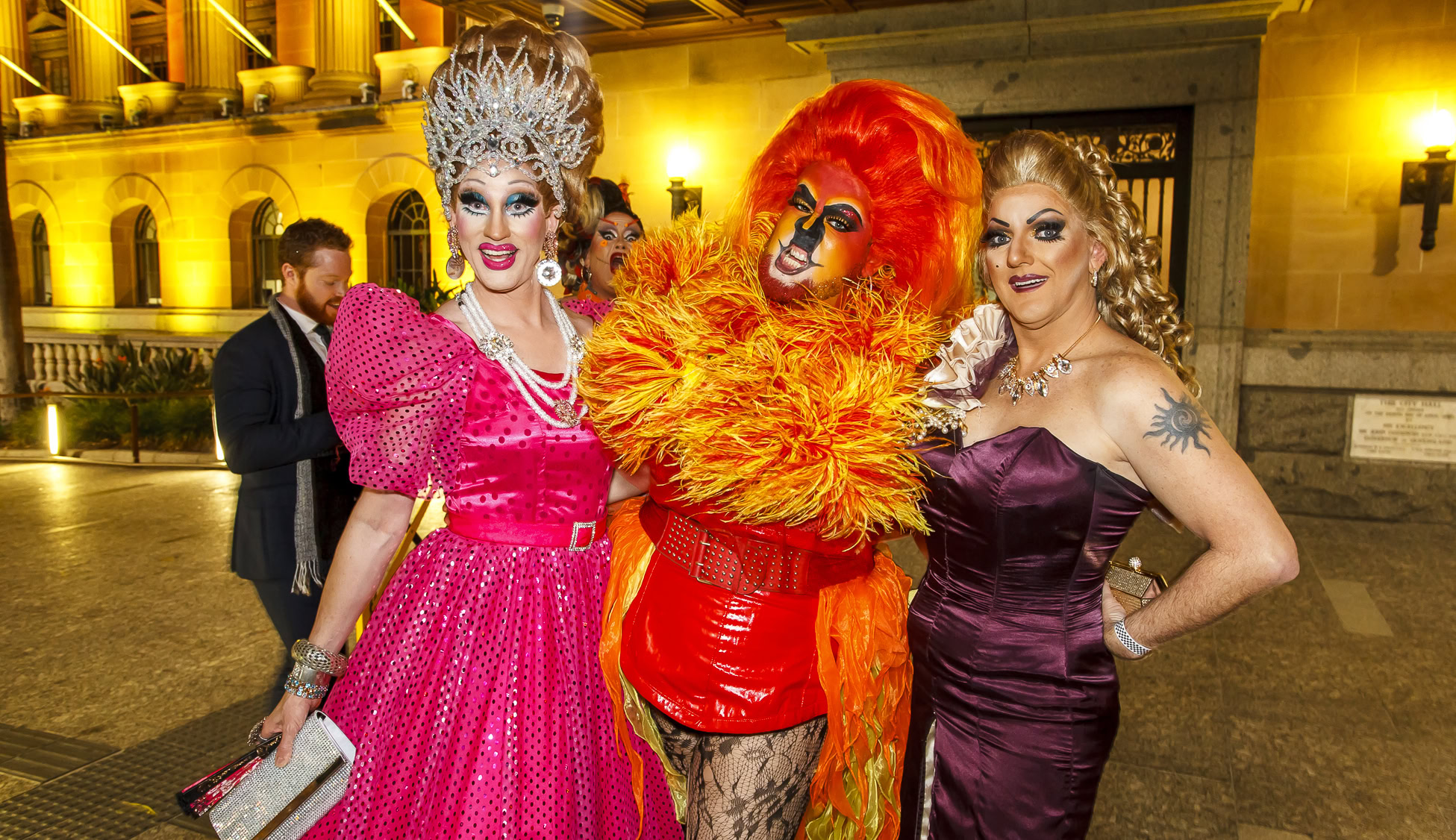
Gender diversity has always been here and always will be
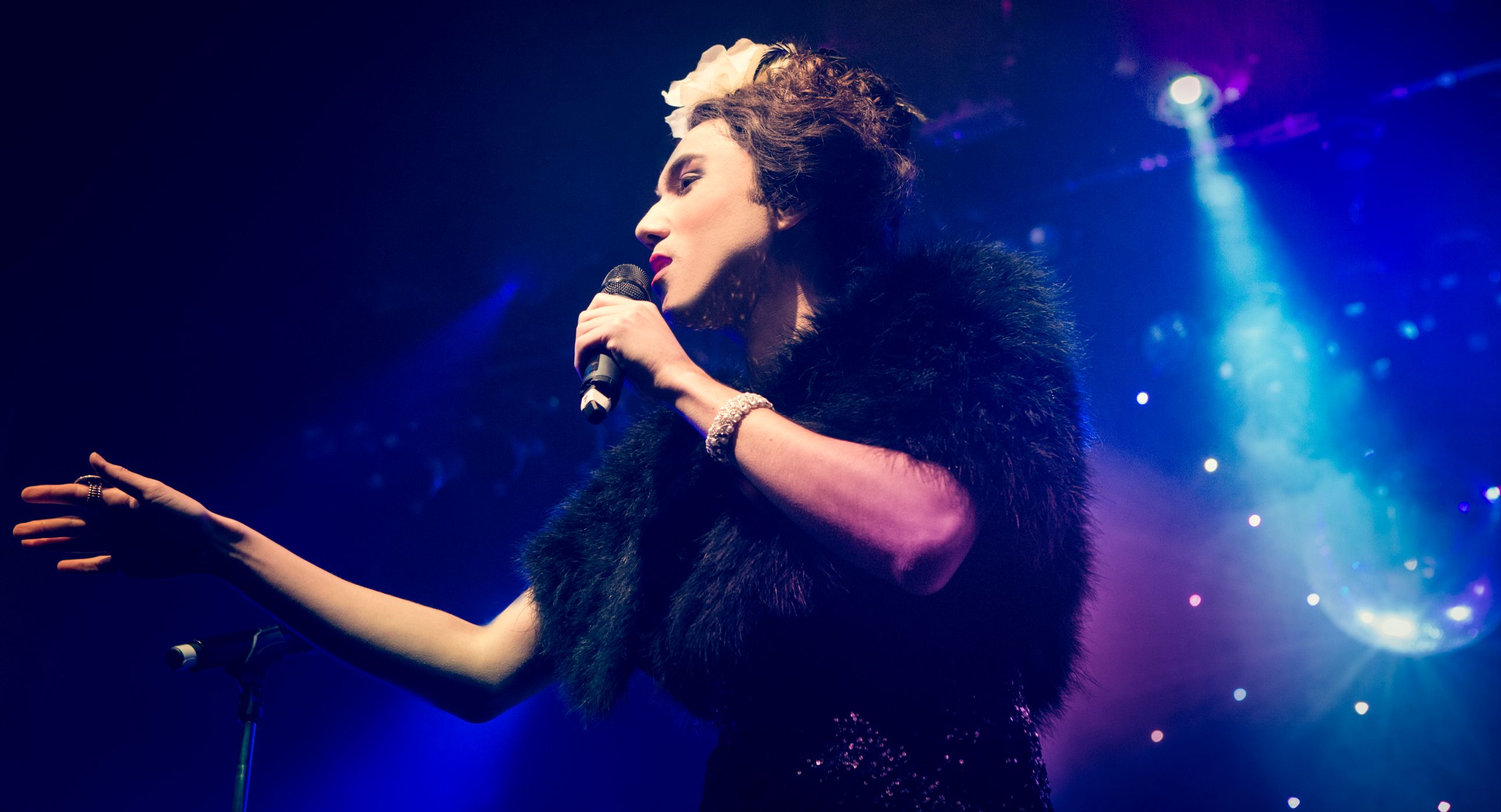
Transgender and gender diverse identities have existed for a long time – in all likelihood, forever. Mama Alto explores the many ways gender diversity has been a part of human history.
***
While many think of trans and gender diverse people as recent phenomena, a large body of historical and scientific evidence actually shows that we have been here since the dawn of humanity.
Scattered throughout human history are incredible examples of gender diverse identities, yet there is often very little mainstream queer knowledge of our lost ancestors, because history has been written and constructed in ways that hide, erase, silence, obscure, and bury evidence of transgender lives.
Despite this, surviving traces of evidence indicate that various cultures and societies of the past have articulated and recognised gender identities in a spectrum beyond the cisgender binary of female and male.
As RB Parkinson, Oxford University historian and former curator at the British Museum, notes, “looking at a range of societies across time makes it clear that the realities of existence are actually more complex.”
Some of the most ancient examples of gender diversity come to us in the form of divinity.
The Mexica and Huastec goddess Tlazolteotl—a goddess of sexuality and carnal knowledge—was consistently depicted with both female and male physiology and character, which indicates at least a concept of gender beyond binary.
But even more compelling is the archaeological and textual evidence surrounding Mesopotamian transgender goddess Inanna, an aspect of the deity Ishtar.
Represented in a statue panel from 1750 BC held at the British Museum, surviving writings from the time describe her sacred role in “changing man into woman and woman into man.” Her devotees, the ‘kugarrus,’ were people assigned male at birth who identified as and lived as women, and were accepted as such by society.
By worshipping Inanna, they were able to socially transition their gender; again quoting written records of the time, they were people “whose masculinity Ishtar turned into femininity to make them reverend.”
Indigenous cultures across the world demonstrate strong traditional understandings of people assigned male at birth but with innately female or third gender identities.
These include Sioux winkte, Zapotec muxe, Indian hijra, Hawaiian mahu, Samoan fa’afafine, and Javanese waria – the latter being my own cultural background.
But it is worth noting that the impact of colonialism often robs us of our traditional cultural understandings of gender diversity.
In the early modern to contemporary periods, the list of transgender, gender diverse, agender, gender neutral, genderqueer, and other gender non-conforming individuals only continues to grow.
These include the infamous eighteenth century French Chevalier d’Eon who socially transitioned several times before being persecuted by the law, the American civil war soldier Albert Cashier who was assigned female at birth but lived the remainder of his life as a man, and the nineteenth century Irish immigrant to Australia, Edward de Lacy Evans – a trans man who married several women through the course of his life.
By the early twentieth century, we had the groundbreaking work of Magnus Hirschfeld in Berlin enabling social and legal transition and early forms of hormone therapies and physical transition.
In the mid-to-late twentieth century, our recent history encompasses icons such as Christine Jorgensen, one of the earliest and most high profile transgender people to transition using gender reassignment surgery; Lilli Elbe, made infamous as ‘the Danish Girl’; and the holy trinity Marsha P Johnson, Sylvia Rivera, and Miss Major Griffin-Gracy, trans women of colour who were instrumental Stonewall figures.
In Australia, the most famous examples of trans lives in the mid-twentieth century include Carmen Rupe, the New Zealand born glamazon turned political mover and shaker, and Carlotta, the King’s Cross showgirl and entertainment icon.
The establishment of Seahorse in the 1970s demonstrates that gender diverse identities weren’t restricted to isolated individuals, but groups of people capable of connecting shared experiences of gender. There was also an increasing number of King’s Cross drag queens who began to identify not just as female impersonators, but as ‘transsexuals’ and ‘L.I.D.’ or ‘living in drag’.
Our scientific understanding of sex and gender is continually revealed to be more biologically complex than originally believed. In nature and in the animal kingdom, science acknowledges gender as far more complicated and diverse than binary opposites.
Molecular cell biologist Anne Fausto-Sterling’s landmark 1993 paper “The Five Sexes: Why Male and Female Are Not Enough” attacks the popular or lay person’s understanding of sex and gender based on chromosomes.
She wrote, “if the state and the legal system have an interest in maintaining a two-party sexual system, they are in defiance of nature… sex is a vast, infinitely malleable continuum.”
The fixation on sex chromosomes as evidence against gender diversity is likely based on shaky foundations.
Science historians Ian Steadman and Sarah Richardson both identify that this is a popular yet reductive idea from the past. Richardson notes, “existing sex and gender stereotypes were projected onto chromosomes by early researchers,” creating the misunderstanding that the X and Y chromosomes control sex.
“In reality, there are extremely few sexual characteristics solely controlled by the presence or absence of a Y chromosome – and just as there are plenty of characteristics controlled by genes found on other chromosomes, the ‘sex’ chromosomes also carry genes that determine traits that have nothing to do with sex.”
Fausto-Sterling and Richardson’s work, amongst many other geneticists and biologists, point to a complex interplay of genetic and environmental factors that give rise to physical sex characteristics and psychological feelings of gender.
So it is clear from an ever growing body of historic and scientific evidence that trans and gender diverse identities have existed for a long time – in all likelihood, forever.
Why is this important? It shows us that, despite attempts to destroy, erase, and silence us, despite everything, we have always been here.
We exist with a history, a lineage, a heritage, and a validity.
Despite everything, we are still here. And despite everything, we always will be.
Mama Alto will be presenting Trans Magic at Melbourne Fringe on Tuesday 25 September, and will be performing in Dance Hall Diva Carousel as part of Spiegel et Luna from October 10 – 14 at Luna Park.
Update: The initial publication of this article incorrectly included intersex people within a problematic understanding of gender diversity. References to intersex people have since been removed.
Mama Alto apologises unreservedly for her ignorance.
Morgan Carpenter, advocate, researcher, and consultant on bodily diversity issues, co-executive director of Intersex Human Rights Australia (formerly OII Australia), and founder of the Intersex Day project, has pointed us in the direction of useful resources for increasing understanding and awareness of intersex people, histories, and human rights agendas. For this we are grateful.
These include the United Nations for Intersex Awareness website, the Darlington Statement on priorities for human rights, legal reform, health and wellbeing, peer support, allies, education, awareness, and employment, and “Bodies in Doubt: An American History of Intersex” by Elizabeth Reis for examples of intersex histories.




